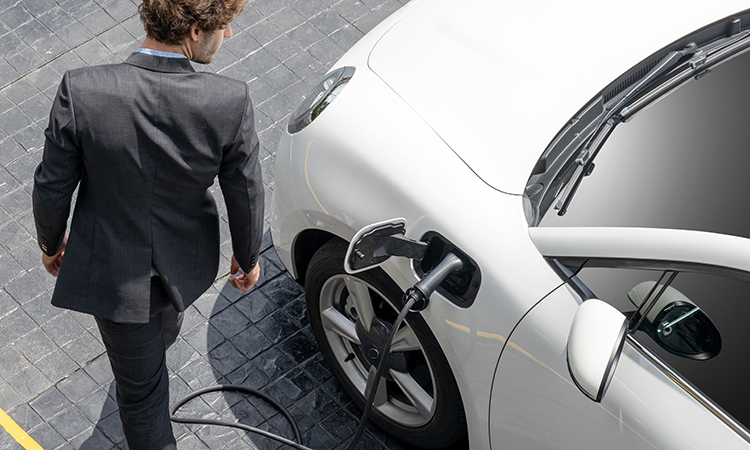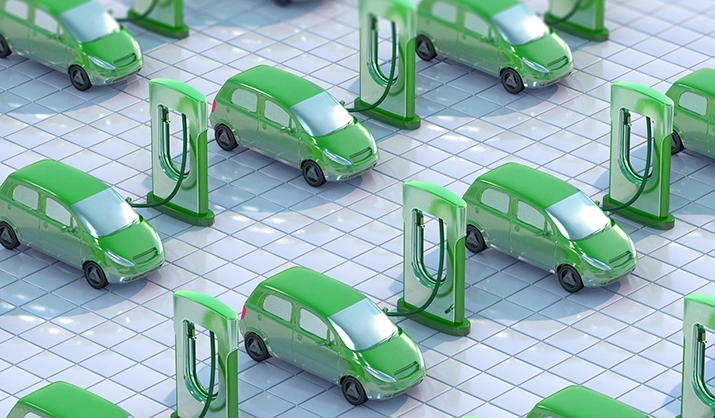The pace of growth in the EV space continues as more brands enter the market with new offerings, such as the joint mobility venture unveiled by Sony and Honda called Afeela.
While there is plenty for brands to continue to shout about, more drivers (and column inches) are noting the difficulties EVs bring. Range is always something that is top of mind for EV drivers. Getting there in one charge can be a challenge, so drivers must carefully plan top-up charges or research suitable charging points that are available and working along their route. The challenge is even more acute in heavily urban and high-population areas. The industry faces tough questions about how residents in larger blocks of flats or apartments will charge their vehicles. This will continue to be the limitation of EVs against traditional fuels.
Limitations for EVs in new and resale markets need to be addressed.
There are currently too few charging points, typically situated at inconvenient locations, offering slow charging speeds, leaving the at-home charging point as the way most auto brands market their vehicles. The high list prices for new EVs limits their potential market to those with higher incomes, and the space at home to accommodate the charger. But as EVs trickle down into the second-hand market, and pricing of the vehicle becomes more accessible, the barrier of how to charge the vehicle conveniently will bottleneck resale of EVs.
Fuel manufacturers and energy suppliers have been testing pilot versions of new outlets. Revamping old or abandoned fuel stations to become EV charging centers for 6-10 vehicles offers an opportunity for a built-in retail facility on site. This option could make the longer refuelling time as painless as possible.
Other ideas include sole purpose charging stations that look a lot like modern parking meters. However, each station would service only 1-2 vehicles simultaneously, which could present issues and become a potential eyesore that local communities will wish to avoid.
More practically, due to their urban presence, is upgrading or retrofitting streetlights to include a charging point on the pole itself. This option would allow users to connect to an EV charge-point and pay through their mobile device.
Whichever is determined to be the strongest solution and best fit for a community, its residents, and its local commuters, there will ultimately need to be consensus between local governments and manufacturers to make solutions viable.

The innovations required will be successful with an outwards-in strategy, allowing for consumer needs and sentiment to help shape internal government and business decision-making.”
Investment in research and development is needed now to support EV market growth.
With pressure from governments on auto manufacturers to move away from fossil fuel vehicles, there is a need to address the lag in developing sufficient infrastructure to foster the transition. The most critical element is encouraging local, regional, and international governing bodies to work closely with partners in the auto and energy sectors to find innovative solutions that will appeal to consumers while blending seamlessly into the communities where they live. A coordinated investment in research and development will help all the players involved understand the myriad issues at hand, and provide the insights needed to work toward transformation.
In essence, we are advocating for a consumer-centric approach from all sides, particularly at this critical stage in the evolution of the required infrastructure. The innovations required will be successful with an outwards-in strategy, allowing for consumer needs and sentiment to help shape internal government and business decision-making. W Edwards Deming is credited with the idea that processes are perfectly designed to deliver the results they get, and without consumer-centricity, the industry may face longer lasting challenges with supporting frameworks than even currently exist.
Want to learn more about our approach to Auto research, particularly around Innovation?




